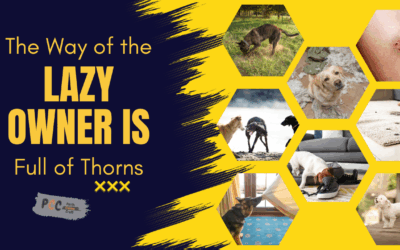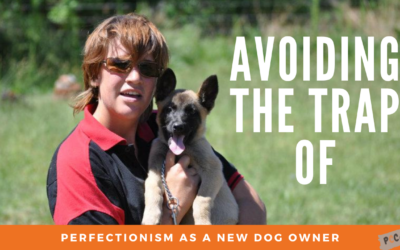Life is a fascinating journey, with numerous choices and experiences shaping our perspectives. As we grow, our views of the world may shift. What saddens me is how people often lose their compassion and take out their problems on others, especially when their opinions differ.
The Dog Training Divide
In the dog training industry, there are left-wing and right-wing views. You may have heard of positive-only training (also known as fear-free or force-free training) or balanced training. All dog trainers likely share the same goal: improving a dog’s quality of life by educating owners about their pet’s mental, emotional, and physical needs. My slogan is “coaching both ends of the leash.”
For professionals, methodologies and tools are critical. Dog trainers are often categorized as belonging to one camp or the other. However, arguing about which methodology is better without establishing a common standard only leads to debate. As the saying goes, “The only thing two dog trainers can agree on is that the third is wrong.”
Disagreements and Manipulation
Loyalists for each methodology emphasize features and benefits that matter to them and dismiss those they deem unimportant. Some extremists even shame or tarnish other dog trainers’ reputations, eliminating competition. You may have heard phrases like “They are cruel” or “I would never do that and ruin my relationship with my dog.” Brené Brown says, “In research, blame is defined as a way to discharge pain and discomfort. People are taking their pain and working it out on other people.”
Manipulation can involve shaming or guilting someone. Shame labels a person, while guilt focuses on the person’s actions. However, assuming that only one methodology can right ultimately do a disservice to the public and their dogs. Both methodologies can be suitable for different individuals and their pets.
Addressing the Real Issue
The debate shouldn’t be about which methodology is better but about the different needs of dogs and their owners. Before discussing needs, it’s essential to understand the “why” behind each dog trainer’s preferred methodology (refer to Simon Sinek’s book “Start with Why”).
Superficial claims of being better can motivate people to choose one trainer over another, even when backed by scientific evidence. This decision can be disastrous for everyone involved, including the dog, owners, bystanders, and the community. It’s crucial to examine our biases and paradigms.





Everything is very open with a precise clarification of the issues. It was truly informative. Your site is extremely helpful. Many thanks for sharing!
Thank you, what is your opinion on this blog’s subject?
Resources such as the one you mentioned right here will be extremely helpful to myself! Ill publish a hyperlink to this web page on my individual blog. Im positive my site guests will locate that quite beneficial.
I am very glad you found this helpful and thank you so much for adding a hyperlink to your web page!
Wonderful web site. A lot of useful information here. I’m sending it to some friends ans also sharing in delicious. And certainly, thanks for your effort!
Thank you, it is just me making connections and waffling about them. I appreciate the feedback. What did you like about it?